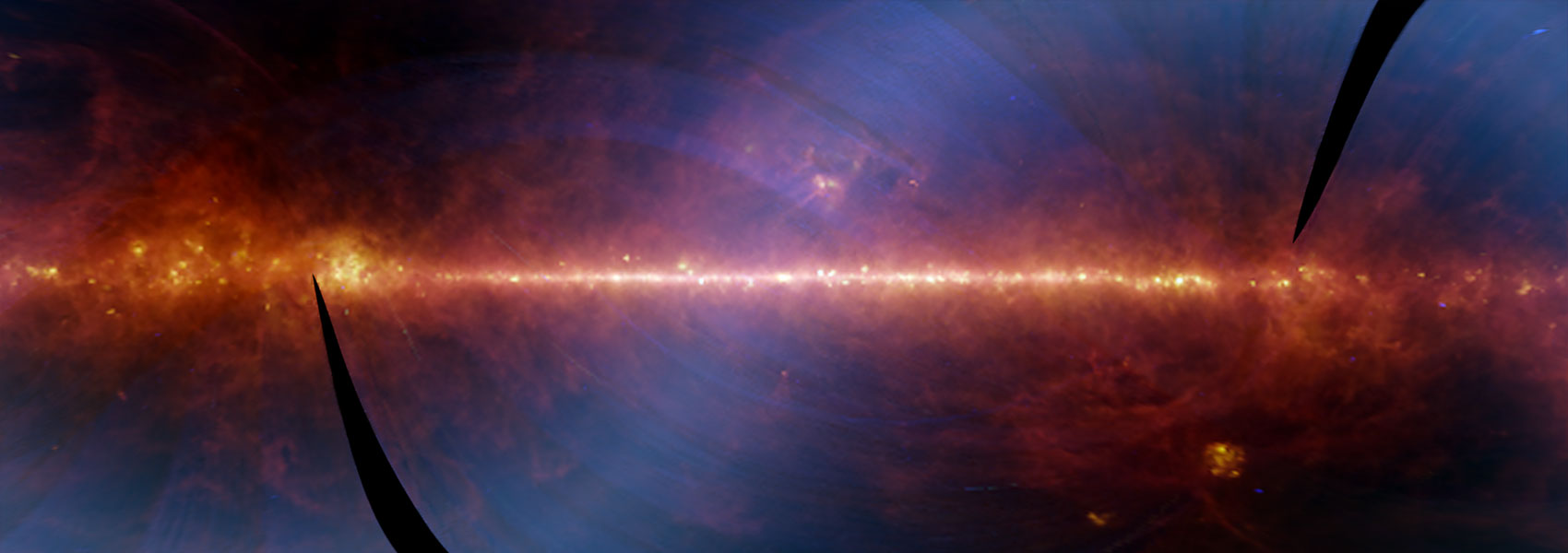July
2013
•
2013ApJ...771...64M
Authors
•
Matsuoka, K.
•
Silverman, J. D.
•
Schramm, M.
•
Steinhardt, C. L.
•
Nagao, T.
•
Kartaltepe, J.
•
Sanders, D. B.
•
Treister, E.
•
Hasinger, G.
•
Akiyama, M.
•
Ohta, K.
•
Ueda, Y.
•
Bongiorno, A.
•
Brandt, W. N.
•
Brusa, M.
•
Capak, P.
•
Civano, F.
•
Comastri, A.
•
Elvis, M.
•
Lilly, S. J.
•
Mainieri, V.
•
Masters, D.
•
Mignoli, M.
•
Salvato, M.
•
Trump, J. R.
•
Taniguchi, Y.
•
Zamorani, G.
•
Alexander, D. M.
•
Schawinski, K.
Abstract
•
We present an analysis of broad emission lines observed in moderate-luminosity active galactic nuclei (AGNs), typical of those found in X-ray surveys of deep fields, with the goal of testing the validity of single-epoch virial black hole mass estimates. We have acquired near-infrared spectra of AGNs up to z ~ 1.8 in the COSMOS and Extended Chandra Deep Field-South Survey, with the Fiber Multi-Object Spectrograph mounted on the Subaru telescope. These near-infrared spectra provide a significant detection of the broad Hα line, shown to be a reliable probe of black hole mass at low redshift. Our sample has existing optical spectroscopy that provides a detection of Mg II, typically used for black hole mass estimation at z >~ 1. We carry out a spectral-line fitting procedure using both Hα and Mg II to determine the virial velocity of gas in the broad-line region, the continuum luminosity at 3000 Å, and the total Hα line luminosity. With a sample of 43 AGNs spanning a range of two decades in luminosity, we find a tight correlation between the ultraviolet and emission-line luminosity. There is also a close one-to-one relationship between the full width at half-maximum of Hα and Mg II. Both of these then lead to there being very good agreement between Hα- and Mg II-based masses over a wide range in black hole mass, i.e., M BH ~ 107-9 M ⊙. In general, these results demonstrate that local scaling relations, using Mg II or Hα, are applicable for AGNs at moderate luminosities and up to z ~ 2.
Links




